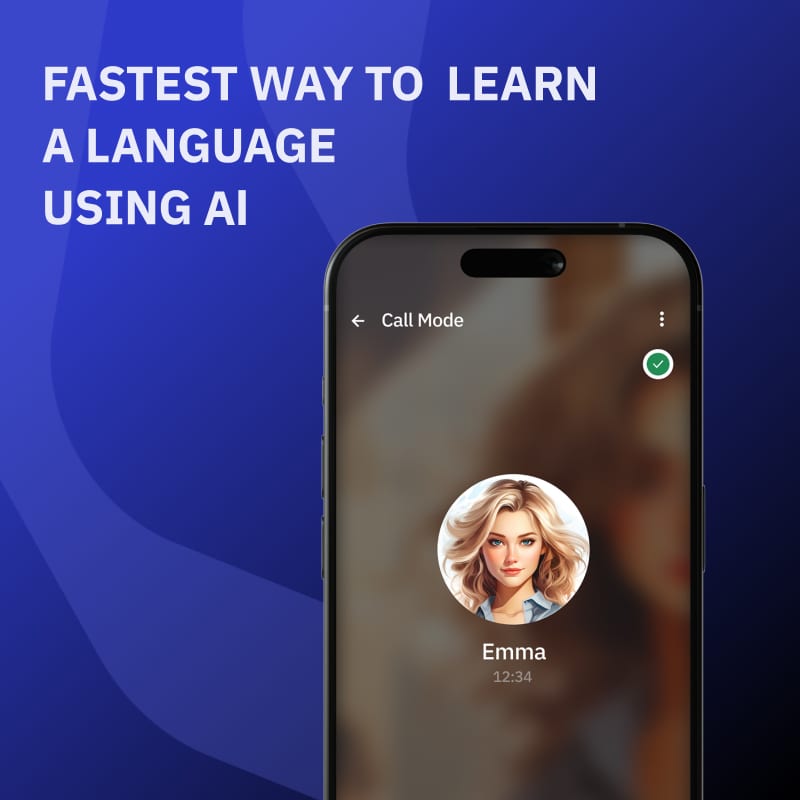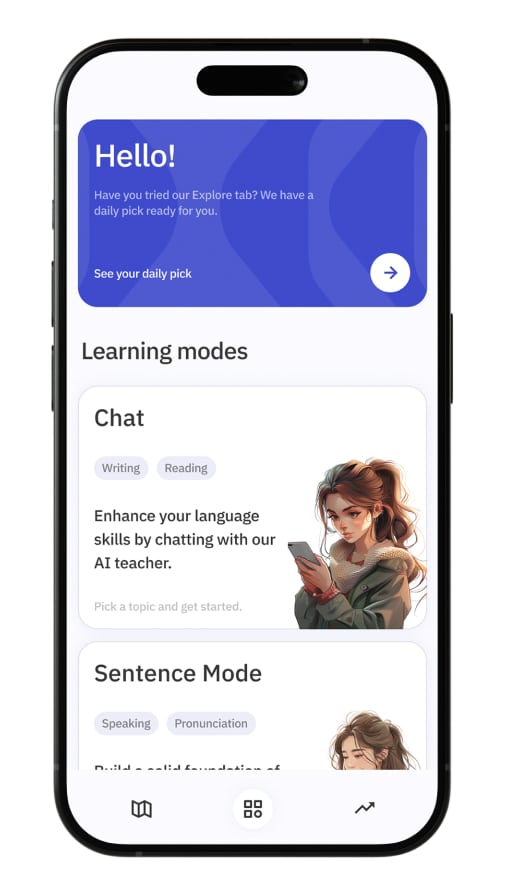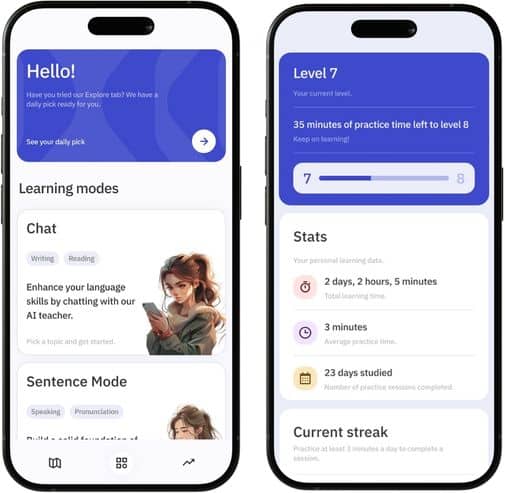Understanding Language Barriers
Language barriers have been a longstanding obstacle in global communication, affecting various sectors including business, healthcare, education, and tourism. These barriers can lead to misunderstandings, reduced productivity, and lost opportunities. However, with the advent of Artificial Intelligence (AI), we are witnessing a transformative shift in how we overcome these challenges.
The Role of AI in Language Translation
Real-Time Translation: One of the most significant contributions of AI in language learning is real-time translation. Tools like Google Translate and Microsoft Translator utilize AI to provide instant translation of text and speech between multiple languages. This technology supports global communication by allowing individuals who speak different languages to converse with each other without delay.
Contextual Understanding: AI has moved beyond literal translation to understand context, which is crucial for accurate translation. AI-powered tools analyze the entire sentence structure, idiomatic expressions, and cultural nuances to provide translations that are not only grammatically correct but also contextually appropriate.
Continuous Learning: AI systems are designed to learn continuously from new data. As more people use these AI translation tools, the system accumulates vast amounts of data, which it uses to learn and improve its accuracy and efficiency. This aspect of AI ensures that the translation services evolve and adapt over time, offering better translations in an ever-changing linguistic landscape.
AI in Multilingual Customer Support
Chatbots and Virtual Assistants: AI-powered chatbots and virtual assistants are now commonplace in customer service. They can interact with customers in multiple languages, offering assistance and resolving queries around the clock. This not only enhances customer experience but also broadens the reach of businesses across different linguistic demographics.
Speech Recognition and Interaction: AI technologies such as speech recognition allow virtual assistants to understand and react to spoken language. This capability enables businesses to cater to customers who may prefer speaking over typing. The AI system can recognize speech, process the information, and respond in the customer’s language, thus breaking down the verbal communication barriers.
AI in Education and Language Learning
Personalized Learning Experiences: AI can tailor educational content based on the learner’s native language, proficiency level, and learning pace. This personalized approach helps in addressing individual learning barriers, making language learning more effective and engaging.
Language Practice Tools: AI-driven language learning apps, such as Duolingo, use interactive exercises and adaptive learning techniques to help users practice and improve their language skills. These tools provide immediate feedback and corrections, which is crucial for learning a new language.
Automated Language Assessment: AI can also assist in assessing language proficiency through automated tests that evaluate speaking, reading, writing, and listening skills. This technology ensures unbiased and consistent assessment, which is essential for academic and professional settings.
AI in Global Business and Trade
Cross-Border Communication: AI translation tools enable businesses to communicate effectively with clients, partners, and employees across the globe. This capability is essential for negotiations, contracts, and daily communications in the international business arena.
Localization of Services and Products: AI helps businesses localize their websites, apps, and marketing materials to suit different linguistic and cultural contexts. This localization goes beyond translation, as AI also adapts content to reflect local customs, preferences, and regulations.
Market Expansion: By overcoming language barriers, AI opens up new markets for businesses. Companies can reach a broader audience, understand local market trends, and tailor their offerings to meet the specific needs of diverse customer groups.
Challenges and Future Prospects
While AI has made significant strides in breaking down language barriers, there are still challenges to address. Issues such as handling dialects, slang, and language idiosyncrasies are areas where AI can struggle. Moreover, ethical concerns regarding data privacy and the potential for AI to perpetuate biases necessitate careful consideration.
However, the future of AI in overcoming language barriers looks promising. Advances in neural networks and machine learning are continually enhancing the capabilities of AI systems. The ongoing research and development in AI promise not only to refine the existing tools but also to innovate new solutions that will further bridge linguistic divides.
In conclusion, AI plays a pivotal role in overcoming language barriers, facilitating smoother and more effective communication across different languages and cultures. As AI technology continues to evolve, its potential to transform our global communication landscape becomes even more profound, making the world a more connected and accessible place for everyone.













